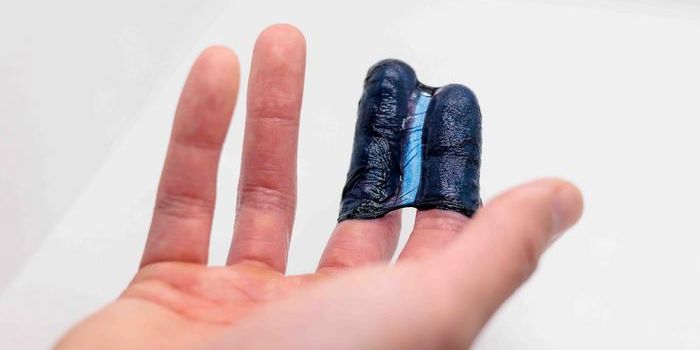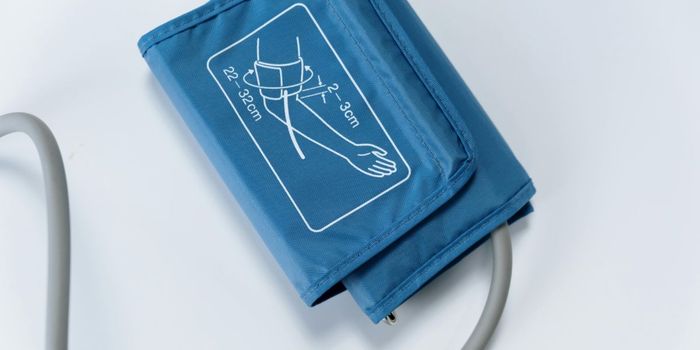Understanding Complex Heart Defects Like Tetralogy Of Fallot
Defects at birth are common, with 3% of children in the United States born with them each year. Of those defects, congenital heart defects (CHD) are the most common representing about 1% of total defects at birth. There are currently 18 types of CHDs recognized. These abnormalities are a failure of the heart or its major blood vessels to form properly during fetal development.
These abnormalities can range from holes in the cardiac septum to narrow heart valves. In about 25% of these cases, the problem will be more complex with multiple abnormalities combine. One such resulting defect is called Tetralogy of Fallot (ToF) which is a combination of four distinct defects in the heart.
Of those born with non-critical CHD 95% survive past their eighteenth birthday. That number drops to 70% survival rate in those with critical CHD.
The video above explains this common, complex CHD in detail.
Sources: Cincinnati Children's Hospital, Centers for Disease Control and Prevention, Khan Academy








